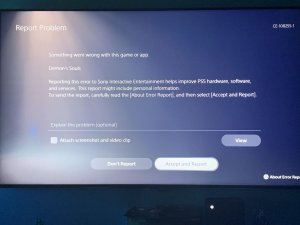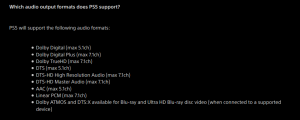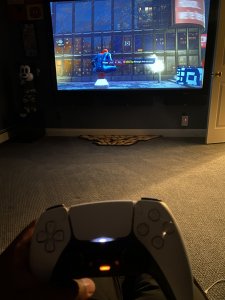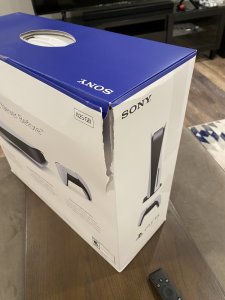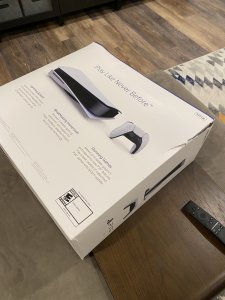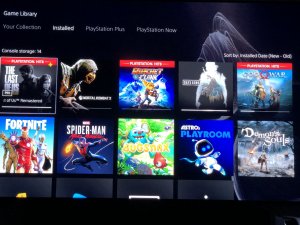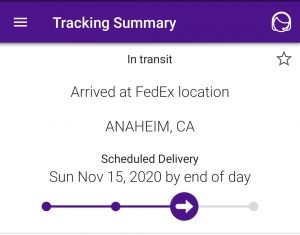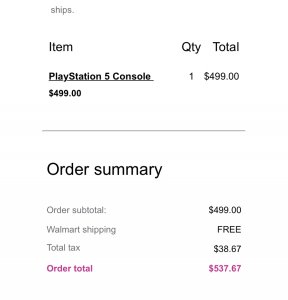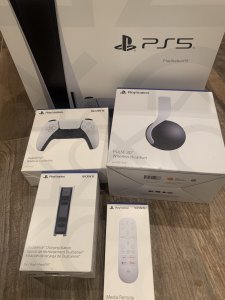PlayStation 4 is currently around 50 per cent faster than its rival Xbox One. Multiple high-level game development sources have described the difference in performance between the consoles as “significant” and “obvious.”
Our contacts have told us that memory reads on PS4 are 40-50 per cent quicker than Xbox One, and its ALU (Arithmetic Logic Unit) is around 50 per cent faster. One basic example we were given suggested that without optimisation for either console, a platform-agnostic development build can run at around 30FPS in 1920×1080 on PS4, but it’ll run at “20-something” FPS in 1600×900 on Xbox One. “Xbox One is weaker and it’s a pain to use its ESRAM,” concluded one developer.
Microsoft is aware of the problem and, having recently upped the clock speed of Xbox One, is working hard to close the gap on PS4, though one developer we spoke to downplayed the move. “The clock speed update is not significant, it does not change things that much,” he said. “Of course, something is better than nothing.”
Even this close to launch, “the hardware isn’t locked,” said another source. Sony and Microsoft are each still working on the graphics drivers for each console, and Xbox One is lagging behind in this regard – Microsoft “has been late on their drivers and that has been hurting them,” said one source. Another described Xbox One’s graphics drivers less charitably as “horrible”. Both consoles’ graphics drivers will continue to improve right up to – and beyond – launch, which will even up the difference in performance a little.
Xbox One does, however, boast superior performance to PS4 in other ways. “Let’s say you are using procedural generation or raytracing via parametric surfaces – that is, using a lot of memory writes and not much texturing or ALU – Xbox One will be likely be faster,” said one developer.
Both platform holders are, of course, encouraging developers to take advantage of each console’s unique features (the DualShock 4’s touch pad and Kinect, for example) but there’s little enthusiasm for either among the developers we spoke to. “They really want us to make use of platform specific stuff to give their version a leg up over the other,” said one source. “But unless there’s a good design reason or incentive we rarely do.”
Indeed, despite that gulf in speed, the differences between cross platform launch window games will be negligible; with tight deadlines to meet, it’s more expedient for developers to deliberately create near-identical versions.
“The poor [graphics] drivers have made it difficult to push either of them, and the developers aren’t familiar with the hardware yet,“ said one source. Another stated that we’ll begin to see far greater use of each platform’s unique features once we’re past the first wave of releases, when developers have more time and experience with each console’s quirks.
One source even suggested that enforcing parity across consoles could become a political issue between platform holders, developers and publishers. They said that it could damage perceptions of a cross platform title, not to mention Xbox One, if the PS4 version shipped with an obviously superior resolution and framerate; better to “castrate” the PS4 version and release near-identical games to avoid ruffling any feathers.
This claim was later countered by a contact at a different studio. “It would be totally fine for us to make one version prettier without any political difficulties but it usually doesn’t make financial sense,” they said, “unless it’s a very simple tweak.”
The difference between cross platform launch window games will be small, and improved graphics drivers plus the power of the cloud might yet tip the balance in Xbox One’s favour. Nonetheless, at launch, PS4 will be the more capable console.
















